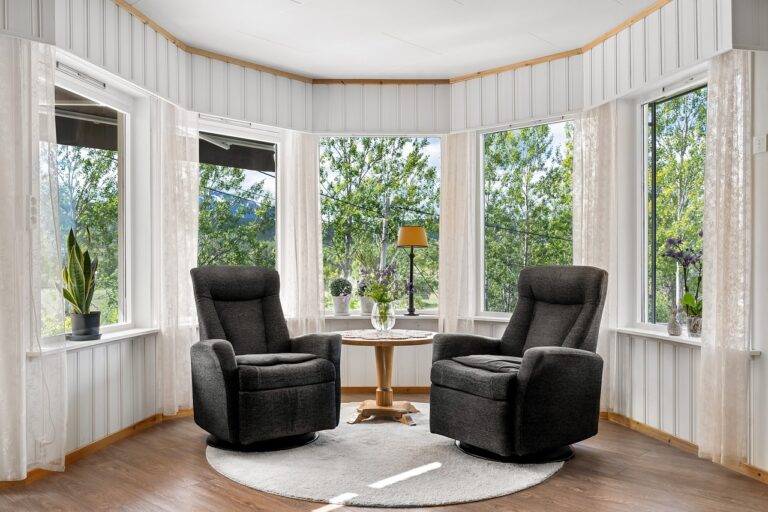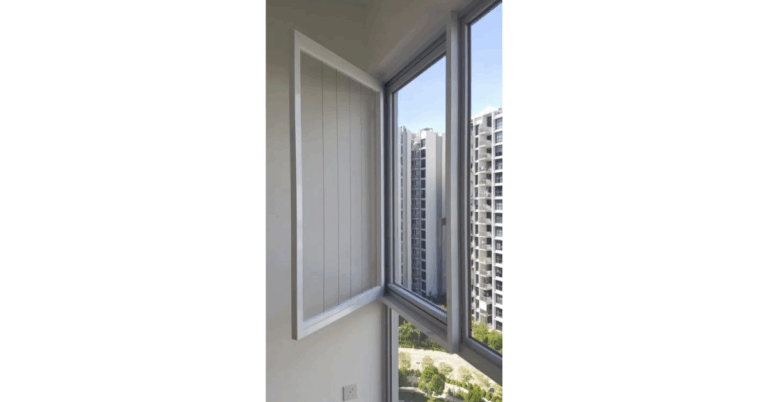The Impact of Home Design on Mental Health and Wellbeing
Our homes are more than just the physical spaces where we eat, sleep, and relax. They also have a significant impact on our mental health and overall wellbeing. The design of our living spaces can influence our mood, behavior, and productivity, which is why it’s important to pay attention to how we organize and decorate our homes. In this article, we will explore the ways in which home design can affect mental health and offer some tips on how to create a more nurturing and uplifting environment.
The Importance of a Well-Designed Home
Research has shown that the design of our homes can affect our mental health in a variety of ways. For example, clutter and disorganization have been linked to increased levels of stress and anxiety, while natural light and outdoor views can have a calming effect on our mood. By creating a space that is clean, organized, and filled with natural light, we can promote mental clarity, reduce stress, and enhance our overall sense of wellbeing.
Color Psychology
One of the most powerful ways in which home design can impact mental health is through the use of color. Different colors have been shown to elicit different emotional responses, so it’s important to choose colors that promote a sense of peace and relaxation. For example, cool tones like blue and green are known for their calming effects, while warm tones like red and yellow can be energizing but also overwhelming in large doses.
When choosing colors for your home, consider the purpose of each room. Bedrooms, for example, should be painted in calming colors to promote restful sleep, while home offices can benefit from energizing hues that boost productivity. By being intentional about the colors you use in each space, you can create a more harmonious environment that supports your mental health.
The Role of Nature
Bringing elements of nature into your home can also have a positive impact on mental health. Studies have shown that exposure to natural elements like plants, natural materials, and views of green spaces can reduce stress, improve mood, and enhance overall wellbeing. By incorporating plants into your home decor, using natural materials like wood and stone, and opening up your living spaces to outdoor views, you can create a more healing and nurturing environment.
Creating Zones for Relaxation
Another important aspect of home design that can affect mental health is the creation of zones for relaxation. In our fast-paced world, it’s essential to have designated spaces where we can unwind, de-stress, and recharge. By creating a cozy reading nook, a meditation corner, or a relaxing bath area, you can create opportunities for self-care and relaxation within your home.
FAQs
1. How can I improve the lighting in my home to promote mental health?
To improve the lighting in your home, try to maximize natural light by keeping windows unobstructed and using sheer curtains. You can also supplement natural light with artificial lighting that mimics daylight, such as full-spectrum bulbs or LED lights with adjustable color temperatures.
2. What are some ways to reduce clutter and create a more organized living space?
To reduce clutter, start by decluttering regularly and getting rid of items you no longer need. Invest in storage solutions like baskets, bins, and shelving to help keep your belongings organized. You can also create designated spaces for commonly used items to make them easier to find and put away.
3. How can I incorporate nature into my home design?
To incorporate nature into your home design, consider adding indoor plants, natural materials like wood and stone, and views of green spaces. You can also use nature-inspired decor like botanical prints, earthy color palettes, and nature-themed artwork to bring the outdoors inside.
4. What are some tips for creating a relaxing atmosphere in my home?
To create a relaxing atmosphere in your home, consider using calming colors like blues and greens, incorporating soft textures like rugs and throw pillows, and adding elements of nature like plants and natural materials. You can also create cozy nooks for reading or meditating, play relaxing music, and use candles or essential oils to create a soothing ambiance.
By paying attention to the design of your home and making intentional choices about how you organize and decorate your living spaces, you can create a more supportive environment that promotes mental health and overall wellbeing. Whether you’re looking to reduce stress, improve mood, or boost productivity, making small changes to your home design can have a big impact on your mental health.







